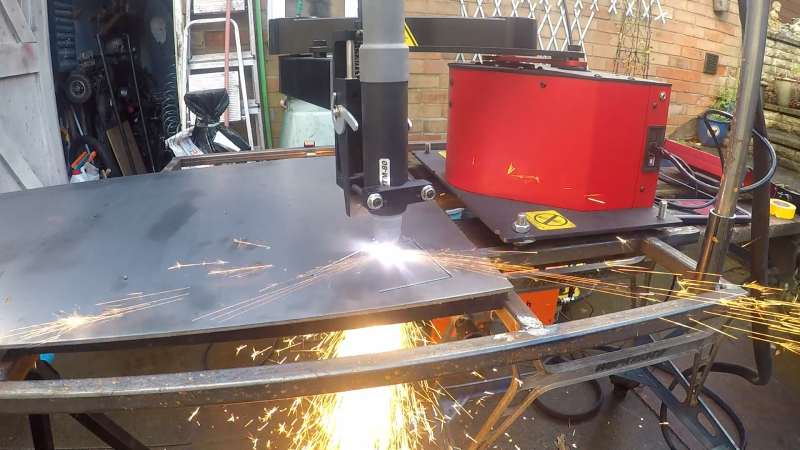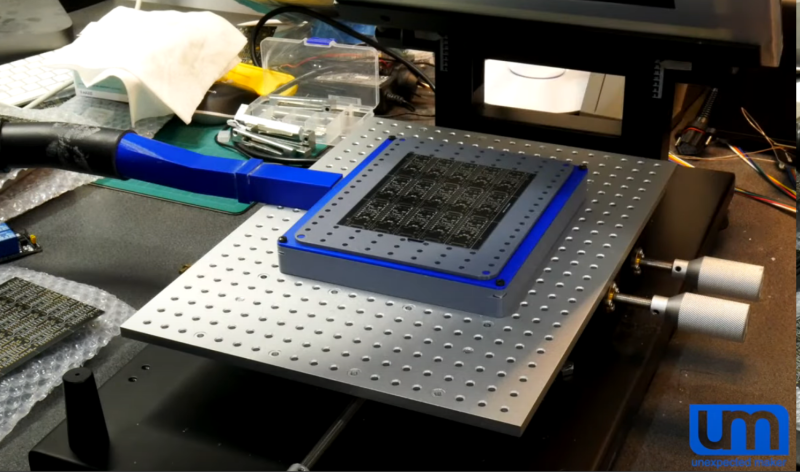Plasma Cutting and 3D Printing Team Up to Make Bending Thick Sheet Steel Easier

Metalworking has always been very much a “mixed method” art. Forging, welding, milling, grinding; anything to remove metal or push it around from one place to another is fair game …read more Continue reading Plasma Cutting and 3D Printing Team Up to Make Bending Thick Sheet Steel Easier
